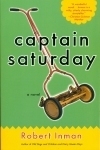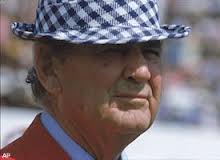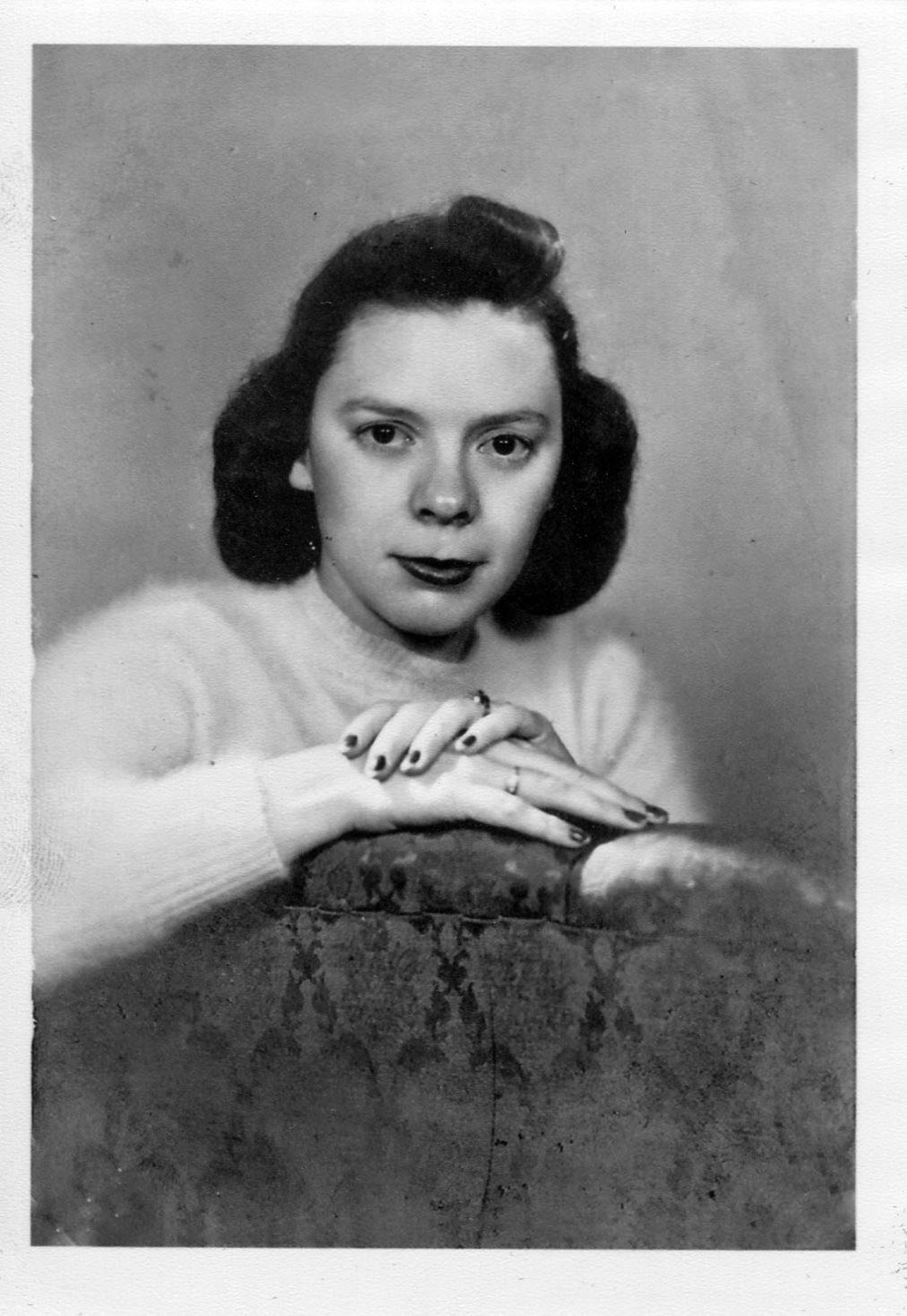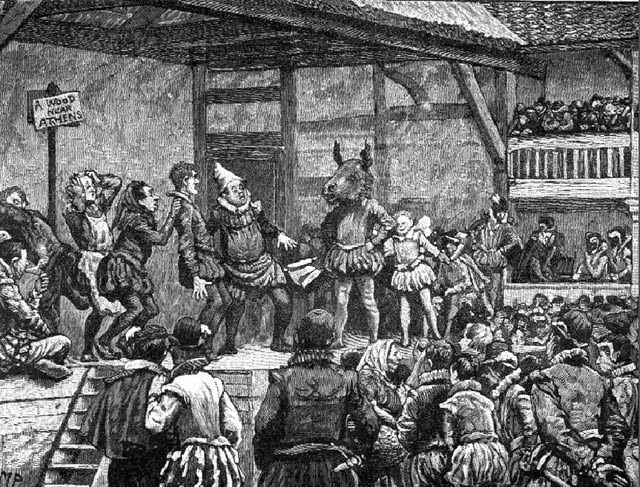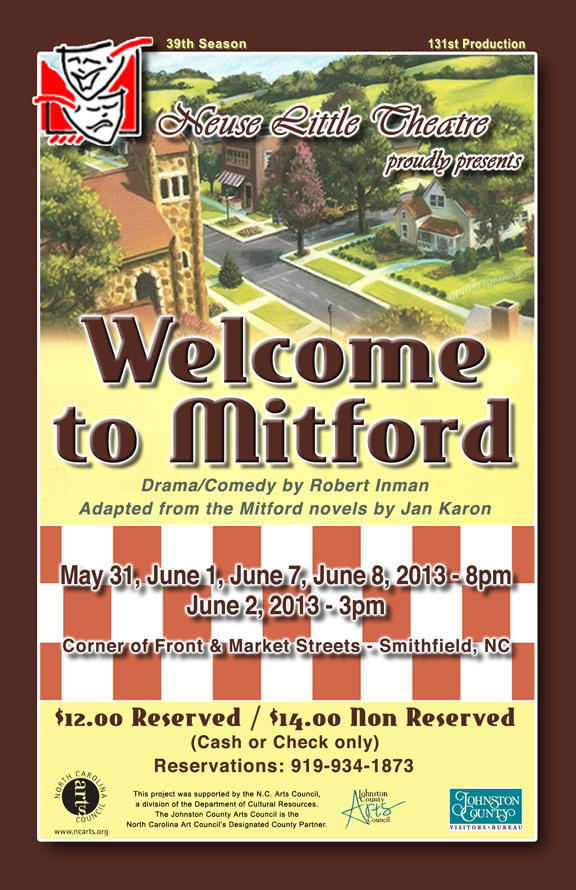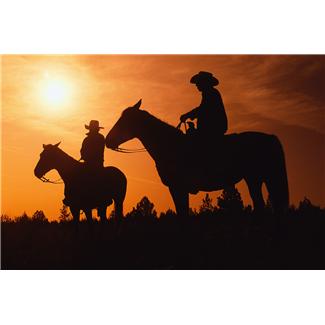The Girl He Couldn't Do Without
They’re honeymooning at the beach – our young friend and the girl he couldn’t do without.
It’s a piece of advice my mother gave me when I was single, dating this girl and that one, occasionally bringing one home to meet the parents. “Marry the one you can’t do without,” Mother said, and I took her advice to heart. When things began to look a trifle serious with a young lady, I would ask myself, “Could I do without this one?” In every case but the last one, I could. Then I met Paulette. We’ve been married for 46 years. I couldn’t do without her back then, and I can’t now.
 I suppose it’s a tough yardstick to use when you’re considering a relationship that could become a lifetime. But as mother said, if you choose someone you could do without, the odds are you eventually will. Better to be tough going in than tough coming out. Better a broken heart when a relationship is in its infancy than when it’s over.
I suppose it’s a tough yardstick to use when you’re considering a relationship that could become a lifetime. But as mother said, if you choose someone you could do without, the odds are you eventually will. Better to be tough going in than tough coming out. Better a broken heart when a relationship is in its infancy than when it’s over.
So Paulette and I joined the crowd of friends and family in a rural Baptist church in south Alabama last weekend to see John and Candy begin a life together. The way they looked into each other’s eyes as they stood before the preacher and said their vows told us they’ve chosen the ones they can’t do without, and that bodes well for a long life together.
There are times in any marriage when things seem to be coming apart at the seams. It’s easy to just walk away. But if the person on the other side of the conflict is the one you just can’t do without, you’ll make the extra effort to work things out and keep the partnership together.
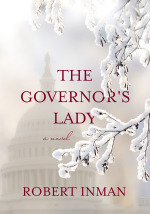 I thought about my mother’s advice a lot when I was writing my new novel The Governor’s Lady which comes out in September. There’s a marriage at the heart of it, and there a point where Cooper and Pickett have to face the essential question: can they do without each other?
I thought about my mother’s advice a lot when I was writing my new novel The Governor’s Lady which comes out in September. There’s a marriage at the heart of it, and there a point where Cooper and Pickett have to face the essential question: can they do without each other?
Every good story needs a dilemma at its heart. How the characters respond to the dilemma tells us who they are and how the story unfolds. How this one unfolds will have to wait for September.

